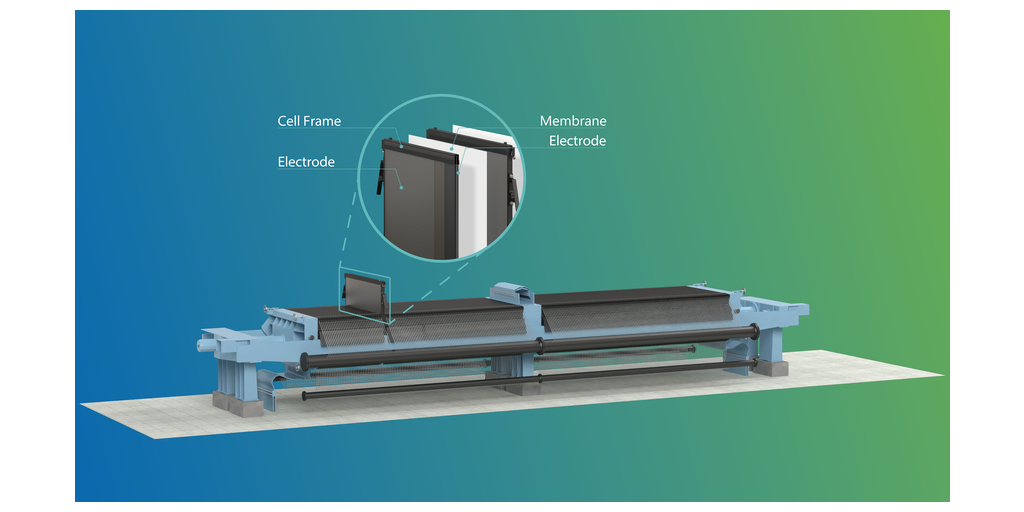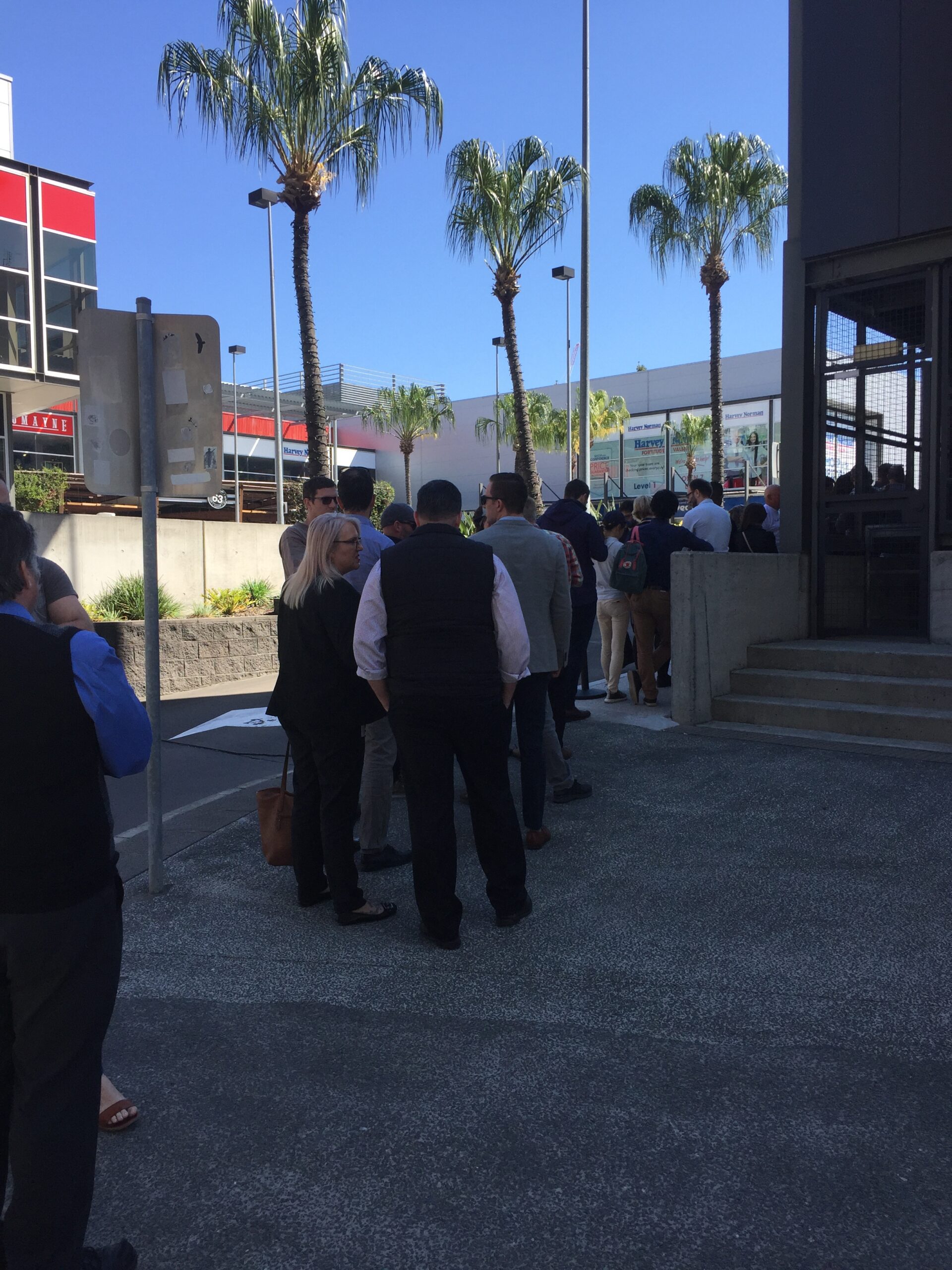Last Updated on: 21st July 2025, 11:24 am
There are two kinds of autonomous cars. One will take you to your destination — whether near or far — in your personal car and bring you home again safely without you having to do any actual driving. The other is a robot that ferries people from point to point just like a taxi, except without a human driver on board. The second type are popularly known as robotaxis.
At the present time, Uber is arguably the largest ride-hailing service in the world outside of China, but its efforts to include robotaxis in its fleet took a serious hit on March 19, 2018, when one of its prototypes ran down and killed a pedestrian in Tempe, Arizona, on a darkened highway on a dark night. Since then, Waymo has become the leader in commercial robotaxi service in the US.
Now, Uber has announced it intends to get back in the robotaxi game in collaboration with Lucid and Nuro. In a July 17 press release, Uber said it expects the first robotaxis using Lucid Gravity electric cars equipped with Level 4 self-driving technology from Nuro to begin operating in a major US city in 2026.
20,000 Lucid Robotaxis For Uber

Over the next 6 years, Uber plans to put 20,000 of the specially equipped Lucids into service in selected markets. Those vehicles will be owned and operated by Uber or one of its third-party fleet partners and made available to riders exclusively via the Uber platform. The first Lucid-Nuro robotaxi prototype is already operating autonomously on a closed circuit at Nuro’s Las Vegas proving grounds, the company says. In order to further the partnership, Uber said it is prepared to invest “hundreds of millions of dollars” into Lucid and Nuro.
“Autonomous vehicles have enormous potential to transform our cities for the better,” said Dara Khosrowshahi, CEO of Uber. “We’re thrilled to partner with Nuro and Lucid on this new robotaxi program, purpose-built just for the Uber platform, to safely bring the magic of autonomous driving to more people across the world.”
Marc Winterhoff, the interim CEO at Lucid, added: “This investment from Uber further validates Lucid’s fully redundant zonal architecture and highly capable platform as ideal for autonomous vehicles, and our industry-leading range and spacious well-appointed interiors, as ideal for ridesharing. This is the start of our path to extend our innovation and technology leadership into this multi-trillion-dollar market.”
Redundancy is an article of faith in the airline industry. Every commercial aircraft has double or triple redundancy on all critical systems, because if something fails while in flight, the airplane needs to have a workaround available so the plane can land safely. Robotaxis also need redundancy for similar reasons, but the vehicles in use today — including those built by Tesla — lack that capability. Making it part of the Uber Robotaxi ecosphere will represent a significant step forward for the industry.
“We believe this partnership will demonstrate what’s possible when proven AV technology meets real-world scale,” said Jiajun Zhu, co-founder and CEO at Nuro. “Nuro has spent nearly a decade building an AI-first autonomy system that’s safe, scalable, and vehicle-agnostic, proven through five years of driverless deployments across multiple U.S. cities and states. By combining our self-driving technology with Lucid’s advanced vehicle architecture and Uber’s global platform, we’re proud to enable a robotaxi service designed to reach millions of people around the world.”
More Range = More Up Time
The Lucid Gravity has a range of 450 miles, making it an ideal fit for use in a scalable robotaxi offering, as the amount of time needed to recharge the car’s battery will be reduced, leaving more time in each day for it to be in revenue service. Each car will be equipped with Nuro Driver, a Level 4 self-driving system that combines automotive grade hardware and AI-powered self-driving software designed for reliability and cost efficiency at scale, Nuro said. The necessary hardware will be integrated seamlessly into the Lucid Gravity on Lucid’s assembly line and will subsequently receive Nuro’s software when the vehicle is commissioned by Uber.
With operations in 70 countries and an average of 34 million trips per day, Uber’s platform has the scale necessary to make the benefits of self-driving vehicles accessible and beneficial to people everywhere. The Nuro Driver, which will enable the Lucid Gravity to operate at Level 4 autonomy, integrates an end-to-end AI model with safeguards for precision and reliability. This enables rapid adaptation to new environments, functions, and vehicle platforms, which reduces deployment timelines.
Nuro, which was founded by former Waymo engineers, will lead the development and validation of a comprehensive safety case across dozens of categories using simulations, closed course testing, and supervised on-road testing to verify that the robotaxi will operate safely.
Today, Uber operates in 70 countries and averages 34 million trips per day. That means its platform “has the scale necessary to make the benefits of self-driving vehicles accessible and beneficial to people everywhere,” the company says.
The Robotaxi Business Case?
What makes a robotaxi desirable? As opposed to public transportation, which follows a particular route that never varies, a robotaxi can come to a person’s location and transport the rider directly to a desired destination. No driving to a train station. No standing in the rain waiting for a bus. No sharing your personal space with others who may need a shower, have communicable diseases, or want to talk your ear off about the latest news in the world of sports.
On the other hand, a city bus can transport 50 or more people at a time. Uber and other robotaxi services would typically need 50 individual vehicles to do the same task. Some are concerned that robotaxis will increase congestion in cities instead of the other way around. There is some reason to believe that could happen. On the other hand, a robotaxi can make owning a private car unnecessary for some people, thereby reducing traffic in urban areas.
The jury is still out on that discussion, but Uber is not slowing down. In April, it partnered with Volkswagen, which will supply specially equipped ID. Buzz vehicles for use in Los Angeles beginning in 2026. In Atlanta, people can now order a Waymo trip using the Uber app. It also recently announced collaborations with May Mobility, Momenta, Pony.ai, and WeRide. Just a couple of days ago, Uber and Baidu announced they will soon start offering robotaxi services outside China and the US. A newly signed strategic partnership provides for thousands of Baidu’s autonomous vehicles to be made available elsewhere via the Uber app in Asia and the Middle East.
Elon Musk may be correct that robotaxis will become the new default mode of transportation for the world, but it seems Uber, and to a lesser extent Waymo, are likely to be the winners in the roboaxi race, not Tesla. Why? Because of that bar mounted above the front windshield you see in the photos. It includes radar and lidar sensors that provide a far more accurate view of the road ahead in all weather and lighting situations than the cameras that Tesla relies on can do.
Elon doesn’t like those sensor-packed arrays because they detract from the appearance of the vehicles they are mounted on, and he is right, they do. But appearance is not a good reason to jeopardize safety. Ultimately, will it be Elon’s pigheaded insistence on form over function that prevents Tesla from being a dominant player in the robotaxi space? Your mileage may vary. See dealer for details.

Sign up for CleanTechnica’s Weekly Substack for Zach and Scott’s in-depth analyses and high level summaries, sign up for our daily newsletter, and follow us on Google News!
Whether you have solar power or not, please complete our latest solar power survey.
Have a tip for CleanTechnica? Want to advertise? Want to suggest a guest for our CleanTech Talk podcast? Contact us here.
Sign up for our daily newsletter for 15 new cleantech stories a day. Or sign up for our weekly one on top stories of the week if daily is too frequent.
CleanTechnica uses affiliate links. See our policy here.
CleanTechnica’s Comment Policy





